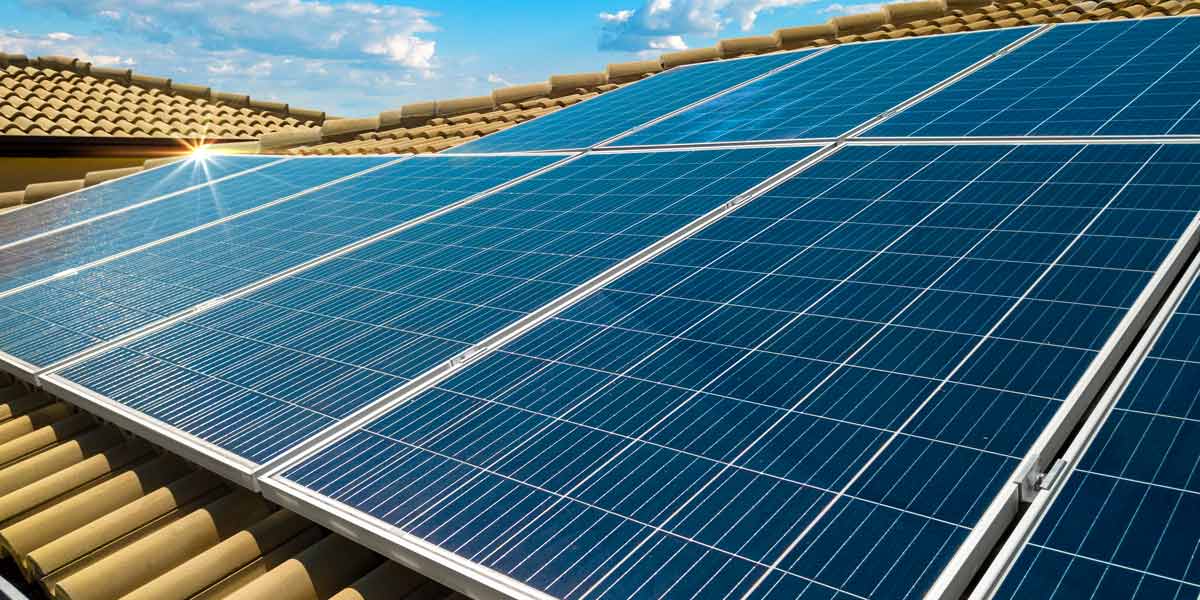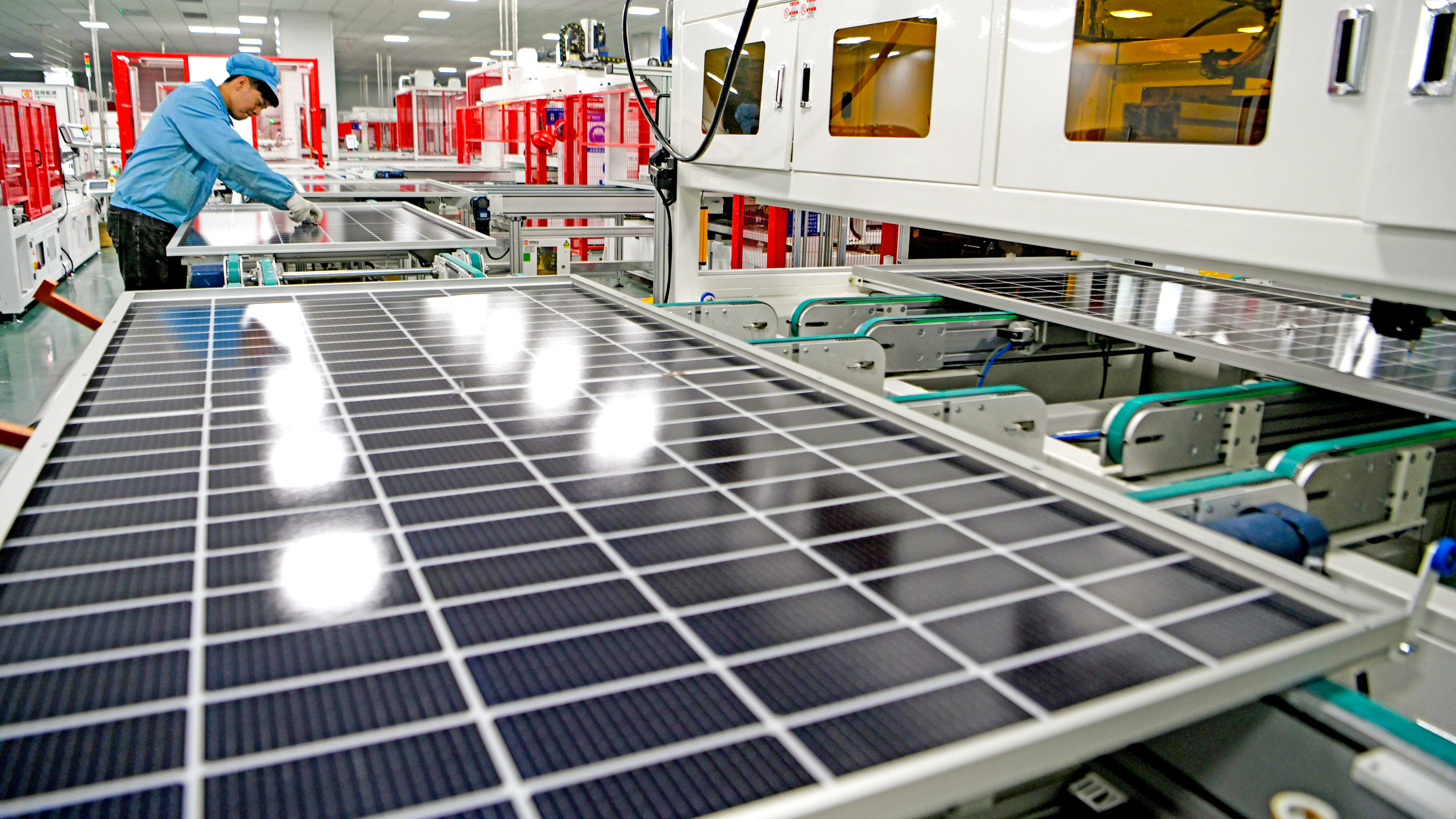The Single Strategy To Use For Solar Companies In Virginia
The Single Strategy To Use For Solar Companies In Virginia
Blog Article
Virginia Solar Panel Rebates: Lumina Solar Concentrates On Offering Advanced Photovoltaic Solutions For Houses And Services
History and Establishing
Have you ever questioned how a solar panel business springs from a mere trigger of inspiration into a powerhouse of eco-friendly energy? It often begins with a vision-- one sustained by a blend of development, determination, and a pinch of serendipity. The journey of numerous solar business mirrors the development of the innovation itself: from bulky, inefficient panels to sleek, high-efficiency marvels harnessing the sun's bounty.
The Early Days
In the late 20th century, when solar power was still a specific niche concept, pioneers planted seeds for what would become a worldwide motion. Picture a small workshop filled with curious engineers, tirelessly exploring with photovoltaic cells. Their passion was palpable, frequently driven by a desire to combat environment modification and minimize reliance on fossil fuels.
One such anecdote is about a founder who, influenced by an outdoor camping journey, recognized that even in remote areas, the sun could power necessary gadgets. This easy observation triggered a company's mission to equalize access to tidy energy.
Establishing Principles

- Development: Continuously pushing the borders of solar technology to enhance effectiveness and sturdiness.
- Sustainability: Devoting to eco-friendly production and decreasing carbon footprints.
- Availability: Making renewable resource options budget-friendly and useful for daily users.
Turning points in Development
| Year | Key Occasion |
|---|---|
| 1985 | Business founded in a small garage, concentrating on research and development. |
| 1995 | Very first business solar panel product released, gaining local attention. |
| 2005 | Broadened to international markets, embracing international renewable resource objectives. |
| 2015 | Introduced advanced solar panel innovation with enhanced energy conversion. |
Isn't it fascinating how these incremental steps, frequently ignored, form the energy landscape today? The photovoltaic panel business story is not just about technology; it has to do with a relentless mission for a brighter, cleaner future.

Developments in Solar Panel Technologies
Ever seen how some photovoltaic panels shine brighter and last longer? It's not magic; it's the science of photovoltaic performance. Modern solar panel companies invest greatly in innovations like bifacial cells, which record sunlight from both sides, boosting energy harvest without expanding roof space. Have you ever wondered why some panels perform better on cloudy days? That is because of advances in thin-film solar technology, which flourishes under diffused light conditions.
Item Variations Tailored to Distinct Needs
One size never fits all. Photovoltaic panel companies now provide:
- Monocrystalline panels for optimum efficiency and streamlined visual appeals, perfect for space-constrained roofs.
- Polycrystalline panels, which use an affordable alternative without compromising too much output.
- Building-integrated photovoltaics (BIPV), combining solar tech seamlessly into architectural elements like windows and exteriors.
Selecting the right product isn't almost upfront expense; it's about matching your environment, energy objectives, and long-term cost savings. Homes shaded by trees require panels that stand out in low-light scenarios, something lots of overlook till energy bills climb suddenly.
Technical Tips for Ideal Selection
- Assess the temperature level coefficient-- lower worths indicate panels lose less efficiency on hot days.
- Search for panels with boosted anti-reflective coatings to maximize light absorption.
- Consider the panel's service warranty not just for flaws, however for guaranteed power output over decades.
- Do not ignore the significance of the inverter innovation coupled with the panels; it can make or break your system's efficiency.
Beyond Panels: Emerging Patterns
Imagine solar panels that change their angle automatically to go after the sun-- tracking systems are ending up being more available, increasing yield significantly. Or solar tiles that mix invisibly into your roofline, changing your home into a quiet, self-sufficient power generator. These developments are reshaping what a solar panel business uses-- not simply products, however incorporated energy services.
Market Existence and Global Operations
Ever question why some solar panel companies seem to sprout up in every corner of the world while others hardly make a ripple? The difference lies not just in technology but in mastering the art of browsing varied markets. Broadening internationally resembles planting seeds in various environments-- you must understand each environment's special conditions to flourish.
Take, for circumstances, the complex dance of logistics and supply chain management. Delivering panels midway across the world isn't practically range; it has to do with timing, custom-mades, tariffs, and adapting to local need changes. A business with robust worldwide operations prepares for these variables, ensuring panels show up on schedule without inflating costs. This foresight is no small accomplishment and often separates industry leaders from fans.
Secret Methods for Expanding Market Presence
- Localized production: Developing production centers near target markets minimizes shipping delays and import intricacies.
- Strategic partnerships: Teaming up with regional firms speeds up market penetration and develops trust.
- Adaptive product style: Tailoring photovoltaic panel tech to weather, sun strength, and infrastructure subtleties improves performance and approval.
What about the human factor? Photovoltaic panel business operating worldwide need to fix up cultural distinctions and regulative subtleties without losing sight of their core mission. What works in a sun-drenched desert might falter in a humid seaside area. Often, the most ingenious service is merely listening-- absorbing regional insights to refine innovation and method.
Experts frequently recommend a phased rollout instead of a shotgun expansion. Why risk overextension when measured growth develops sustainable momentum? Scaling wisely suggests balancing ambition with operational resilience - Residential Solar Panels Virginia. In the race for sustainable energy dominance, perseverance can be as important as speed.
Ecological Impact and Sustainability Practices
When solar panels first emerged, many assumed they carried absolutely no environmental luggage. Nevertheless, the truth is more nuanced. The production of photovoltaic cells involves uncommon earth metals and energy-intensive procedures, which can leave a substantial carbon footprint before the panels even reach rooftops. The real environmental cost depends greatly on the sustainability practices used by the solar panel company throughout the lifecycle of their products.
How often do we stop briefly to consider what happens to solar panels at the end of their beneficial life? Unlike batteries or electronic devices, solar panels can last 25-30 years, however disposal and recycling pathways stay underdeveloped in many areas. A company dedicated to reducing environmental damage will have a robust strategy for recycling photovoltaic materials, restoring important silicon, glass, and metals to prevent land fill accumulation.
Secret Sustainability Methods
- Making use of low-impact production strategies that decrease water and energy intake.
- Executing closed-loop systems to recycle production waste back into new panels.
- Engaging in transparent supply chain audits to guarantee ethical sourcing of basic materials.
- Creating panels for easier disassembly to help future recycling efforts.
It deserves keeping in mind that some solar business have pioneered innovative methods, such here as incorporating biodegradable parts or utilizing less poisonous chemicals throughout fabrication. This not only decreases environmental strain but likewise sets a precedent for the market. The concern remains: can the solar market really pivot towards a circular economy design without compromising efficiency or affordability?
Specialist Tips for Assessing Sustainability
- Inquire about the company's commitment to carbon-neutral manufacturing and whether they offset emissions.
- Examine if they partner with accredited recycling centers committed to photovoltaic panel waste.
- Search for transparency reports detailing ecological effects and sustainability goals.
- Consider the longevity and guarantee of panels as an indirect procedure of resource effectiveness.
In the end, choosing solar power should mean more than simply slashing electrical power expenses; it's about supporting a future where energy is harvested properly and waste is attentively managed. Solar panel companies that welcome this approach not only light up homes but likewise cast a brighter light on sustainable innovation.
Report this page